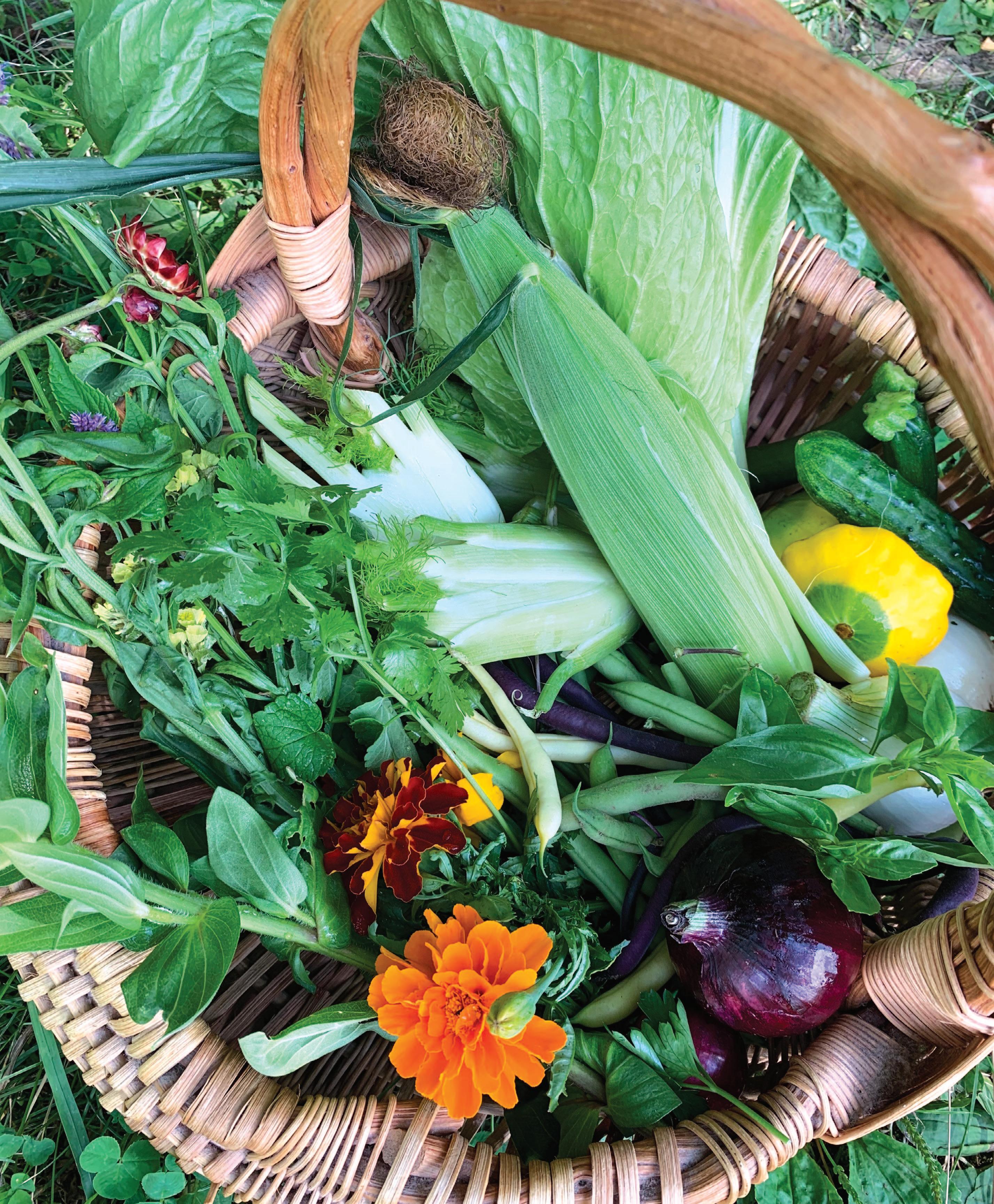
3 minute read
Sweet Nostalgia
the other religious leaders in the community. They didn't know if it would be somehow "proper" to bring their youth to a "Jewish temple.”
The Catholic church gave a flat out "no," But still the rabbi persevered and was able to convince several area church leaders that this would be both fun and a learning experience. Slowly, and with great trepidation, small groups of youth filed into the hall on the lower level of the synagogue. There on the stage was a master Seder table (think head table) at which would sit Soltes and a few select members of his temple's youth group to conduct the Seder. The room was set with tables of eight, and we were given strict orders not to sit together with our friends. The rabbi wanted each of us to sit with the other young people from the churches and make them welcome, so we were scared as well!
Advertisement
Each participant was given a "yamaka" or "kippah," a skull cap worn inside a synagogue to show reverence, the rabbi insisting our guests take them home to tell their family about their experience. As the Seder unfolded and the rabbi began to explain the traditions and significance of symbols and foods in his calming, friendly manner, everyone seemed to rivet their attention on what was happening. And what was happening was a lot more than just a Seder; it was a coming together of young people breaking matzo, drinking wine (Welch's grape juice), sharing not only solid nourishment, but spiritual nourishment, and sharing the story of the Israelites and their exodus from the slavery of Egypt. It reinforced that Passover was a time of praise and thanksgiving and was a re-dedication to the ideal of liberation.
As the rituals unfolded, Rabbi Soltes made the Seder more and more inter-active with participants at each table taking part in the traditions, first reluctantly, then vying for who would pour the next glass of "wine" and who would be first to make the matzo sandwich with lots of chopped apples and honey and just a bit of the bitter herbs. Each part of the Seder had a meaning...salt water for tears, the asking of the four questions which explains the story of the Passover explaining why "tonight is different from all other nights," the matzo, the shank bone, and more. Then came the search for the afikoman, the large piece of matzo that had been broken off early in the Seder and hidden. It is traditional that children play a sort of religious hide and seek looking for it, but Rabbi Soltes felt we were all children, so off we went, all of us from different cultures and religious backgrounds with but one single thought: find the afikoman! Whoever did was awarded a prize.
By the second year of the Interfaith Seder, word had caught on throughout the community, and we were joined by even more church groups. Some, who had been there the first year, asked for a more active part in the Seder, and the rabbi willingly obliged, seating them at the big table on stage with him, letting them lead the order of the Seder. We were about to begin when the back door to the hall opened, and in came a small group of young people, followed by their priest and a nun. Representing St. Rose of Lima, the largest Catholic church in town, they looked nervous as the priest asked, "Do you have room and enough yamakas for some curious Catholics?"
Rabbi Soltes' face broke into the widest smile I had ever seen as he shot back, "We always have room and plenty of food, fun, and storytelling for anyone, Come in! David, grab the box of yamakas, and let's get these folks a seat."
That was the beginning. Each year thereafter, the Interfaith Seder grew larger until eventually we had to take reservations in advance. It was a joyous wonderful celebration of faith and friends and tradition. Soon we were invited to events at the Baptist church, the other Protestant churches, and one day, Easter Mass at St. Rose. The Interfaith Seder brought this New Jersey community together for many years.
Sadly, a few years hence, Rabbi Soltes moved on to another congregation and then died at the very young age at 66, but his efforts toward ecumenicism have served as a legacy that endures to this day. At the end of every Passover Seder it is customary to say, "Next year in Jerusalem." Rabbi Soltes would then always add, "And next year may we all be together right here in fellowship, friendship, and in God."


